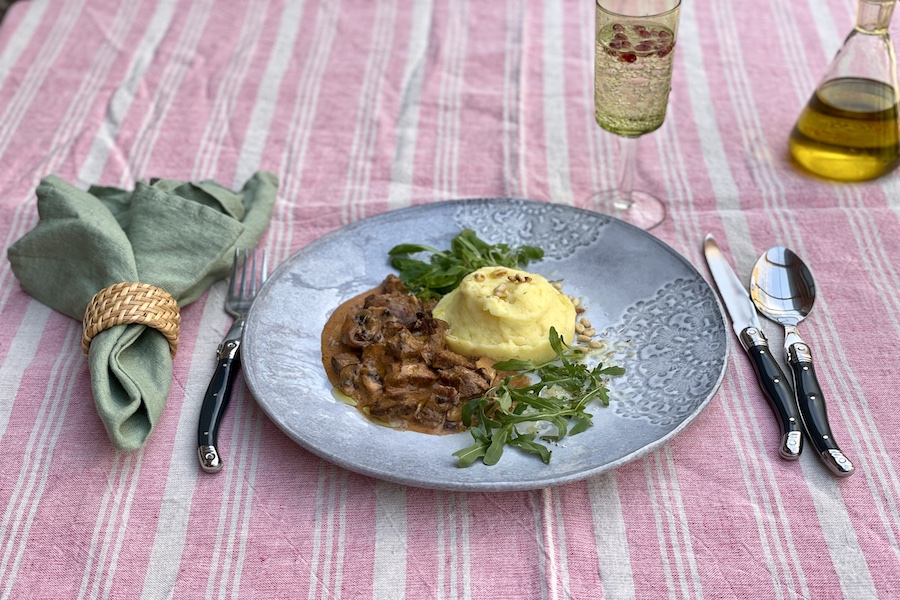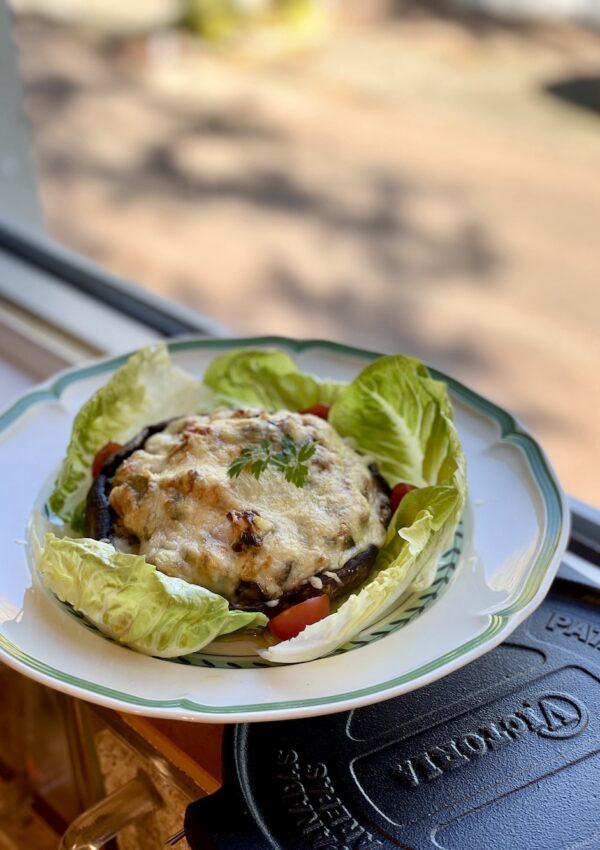What is the origin of Stroganoff?
Estrogonoff (or Stroganoff) is a Russian dish that has spread all over the world and has become popular in Brazil. Although there are several theories about its origin, the most widely known is that it was created by a French chef who worked for the Russian Stroganov (or Strogonov) family.
The richest and most powerful Russian families generally appreciated French culture and Western European cuisine. Many even owned apartments in Paris, sent their sons and daughters to French schools, had French employees, and, of course, renowned chefs from that country.
The theory goes that Stroganoff came about because of the dental problems Count Grigory Stroganov had in the 1700s. Therefore, the French chef at the family’s palace decided to adapt a classic French recipe, fricassé de boeuf (meat fricassé), by cutting the meat into small strips and mixing it with heavy cream to make it easier to eat.
Although there is also a story that the name of the dish comes from the word “strogat”, which means “to cut” in Russian, the idea that stroganoff was named after the family is much cooler and more prevalent.
Even today, the Stroganov family palace is preserved and is part of the state museums in St. Petersburg, Russia. But it was the recipe for stroganoff that immortalized the family name.
At the time, it was just meat lightly rubbed in flour, dijon mustard, beef broth, and a little sour cream. The rice and mushrooms in the recipe came later, with the arrival of the dish in China. The potato chips, on the other hand, are a Brazilian extra. In Russia, it is served with mashed potatoes What is really a Comfort Food? and that is how I usually do it here at home.
Now that you know its origin, learn how to make a quick and practical one.
How to make stroganoff?
Even though it has become popular, the refinement of this dish comes from its birthplace. Therefore, when preparing it, the ideal is to use a noble meat such as filet mignon.
If the question is how to make a sauce for stroganoff, just use fresh cream together with English sauce and Dijon mustard, which after a few minutes of high heat reduces and thickens without the need for flour.
Check out the ingredients for beef stroganoff and tips for optimal preparation! You can reduce the amount of meat by half, that’s how I did, and consequently all the rest of the recipe.
Ingredients:
– 1 kg tenderloin cut into strips;
– 350 g fresh mushrooms, thinly sliced
– 1.5 medium onion, thinly sliced;
– 2 tbsp. Dijon mustard
– 2 teaspoons sweet paprika
– 1/3 to ½ cup cognac
– 1 1/3 cup fresh cream
– 3 tablespoons Worcestershire sauce
– 3 tablespoons unsalted butter
– 4 tablespoons olive oil;
– Salt and freshly ground pepper (to taste).
Directions:
Heat the pan or frying pan in which you will make the stroganoff over high heat. Add olive oil or oil, and brown the tenderloin strips for about two to three minutes.
Do not brown all the meat at once. Slowly add it, seasoning with salt and black pepper while the meat seals. With the meat sealed, take it off the heat and transfer it to a bowl.
Add and saute the onion with a little butter using the same pan. Once the onion is browned, introduce the thinly sliced mushrooms. Wait a few minutes for them to soften and brown as well.
Return the meat to the pan, add the onion and mushrooms. If you wish, you can flambé it with cognac, as in the original recipe. However, be extra careful at this point.
To finish, add the paprika, the English sauce, and the Dijon mustard. Add the fresh cream and stir from time to time to reduce and thicken the recipe. Add more salt and pepper to taste, if you find it necessary after experimenting.
In Brazil, it is usually served with white rice and thinly sliced potato sticks. I, however, preferred a tasty mashed potato, following the origin of the traditional Russian stroganoff. Author’s Note to Brazilians: putting corn in this delicacy can be considered a crime and may lead to legal penalties. Just kidding…but it can, don’t run the risk. No corn and no flour, please

STORAGE & REHEATING
- Storage: Keep Up to 3 days in the refrigerator
- Reheating: Microwave, 3 minutes
- Freezing: Not recommended






Leave a Reply
You must be logged in to post a comment.